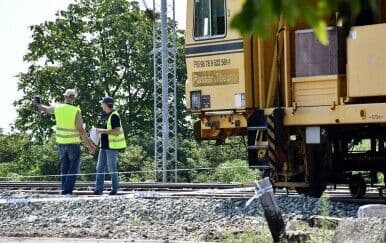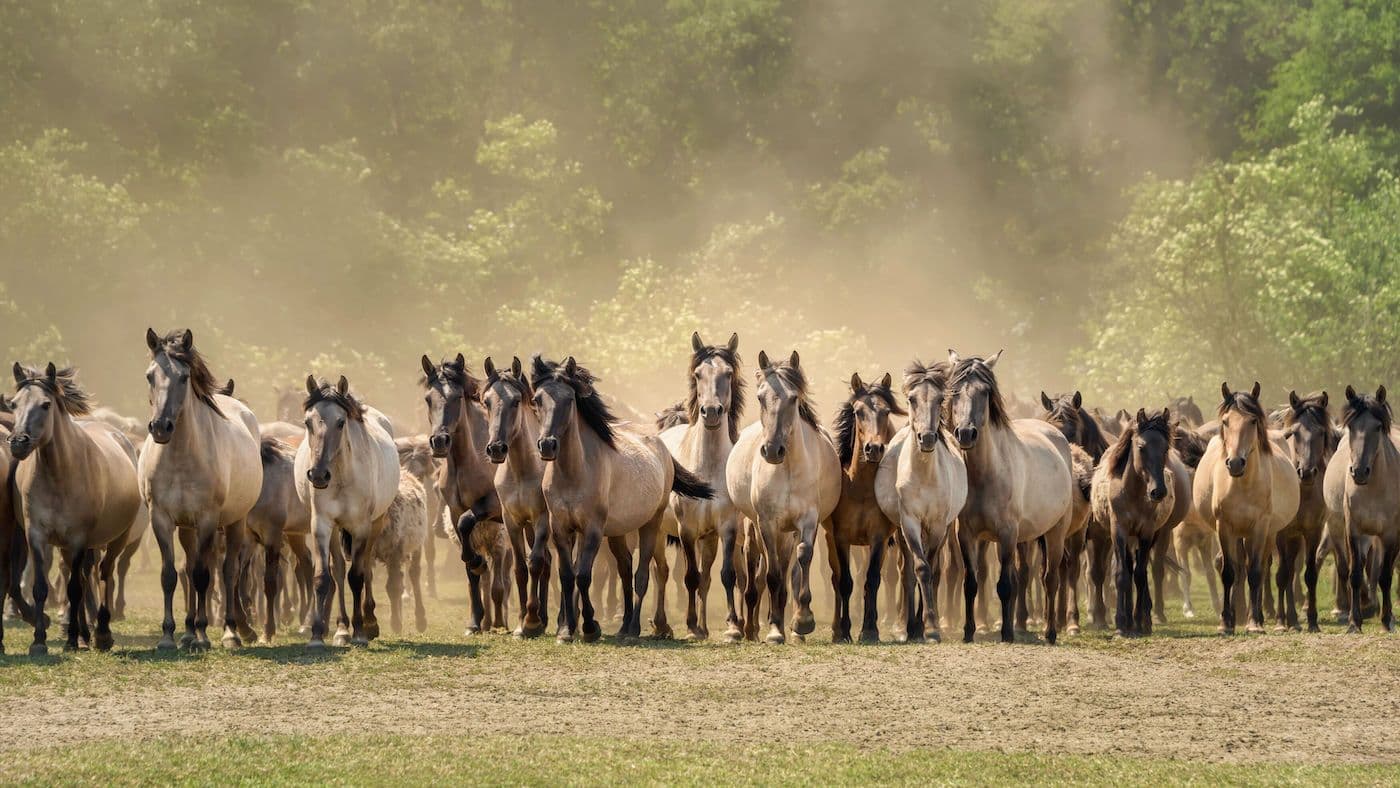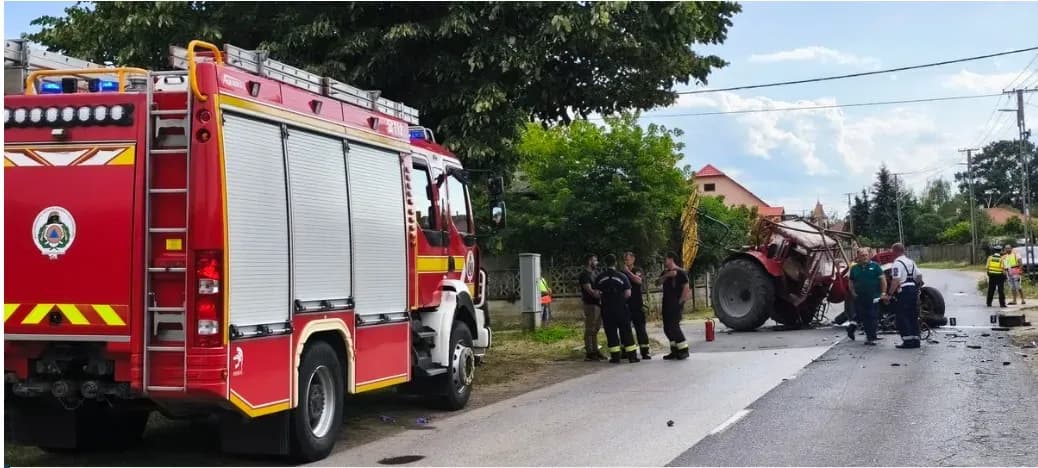Echoes of Thunder: Unpacking the Majesty and Peril of Our Equine Bonds
Explore the powerful human-horse bond, analyzing how accidents occur & proposing safer interactions. Reconcile tradition with vital safety to protect both humans & magnificent equines.
A Legacy of Power and Grace
For millennia, the horse, or άλογο as it's known in Greek, has stood as a towering figure in human civilization, embodying a profound blend of power, grace, and unwavering spirit. From ancient battlefields to the fields of agriculture, these magnificent creatures have been indispensable partners, shaping societies, enabling exploration, and inspiring countless works of art and literature. Their sheer strength, coupled with their majestic presence, has earned them a revered place in our collective consciousness, symbolizing freedom, nobility, and raw, untamed beauty. We've galloped alongside them, worked the land with them, and even raced them, forging a bond built on utility, admiration, and a shared history that few other species can claim. This deep connection often leads us to view them through a lens of romanticism, sometimes overlooking the fundamental fact that despite centuries of domestication, they remain powerful animals governed by ancient instincts, capable of immense force, and deserving of our utmost respect and understanding.

The Fine Line: Incidents, Instincts, and Human Error
Despite our long history with horses, serious incidents can, unfortunately, occur, starkly reminding us of the delicate balance in our interactions. We recently saw a distressing case in , where a 20-year-old man suffered severe head injuries after being struck by his own horse during a local . This wasn't an act of malice; rather, it highlights how easily a horse's natural instincts, perhaps triggered by stress, noise, or unfamiliar surroundings, can manifest as unpredictable behavior, especially when space is confined or protocols are lax. Similarly, a 9-year-old boy on a school trip in was attacked by a horse, an incident that underscores the critical need for heightened awareness, particularly when children are present. These events aren't just isolated misfortunes; they often stem from a lack of understanding of equine behavior, misreading warning signs, or simply placing these powerful animals in situations where their innate fight-or-flight responses are easily activated. Ultimately, the responsibility for safety lies squarely with humans, who must anticipate and mitigate these risks.
Beyond Tradition: Forging Safer Equine Engagements
The incidents in and serve as urgent calls to action, particularly concerning traditional events involving horses. The , for instance, features horses parading through crowded village squares, a spectacle that, while visually striking, poses inherent dangers if safety rules are not meticulously enforced. It's time to move beyond mere tradition and integrate robust safety protocols that prioritize both human and animal welfare. This means implementing clear barriers, ensuring adequate space for horses and handlers, and perhaps most crucially, requiring professional equine handlers who understand crowd dynamics and can read a horse's subtle cues. Event organizers must conduct thorough risk assessments, establish emergency plans, and educate participants and spectators alike on safe conduct around horses. We need to foster an environment where the awe-inspiring presence of horses can be enjoyed without unnecessary peril, transforming potentially risky public displays into well-managed, secure engagements for everyone involved.
Cultivating Respect: A Path to Harmonious Coexistence
Ultimately, fostering a truly harmonious coexistence with horses hinges on cultivating deep respect, not just for their power, but for their complex nature. This journey begins with comprehensive education – for owners, handlers, and the general public alike. Understanding equine psychology, their social structures, and their communication signals is paramount. We must learn to interpret their body language, recognize signs of stress or discomfort, and respond with empathy and appropriate action. This isn't just about preventing accidents; it's about building genuine partnerships based on trust and mutual understanding. By investing in proper training, advocating for responsible horsemanship, and consistently adhering to safety guidelines, we can minimize risks and ensure that our interactions with these magnificent creatures are always positive and respectful. It’s a commitment to acknowledging their wild spirit even within domestication, ensuring their well-being, and safeguarding our shared future.
Related Articles

Wild Hearts, Confined Spaces: The Complexities of Conserving Apex Predators

Wild Hearts, Confined Spaces: The Complexities of Conserving Apex Predators

Silent Whistle: Oriovac and the Urgent Call for Rail Safety

Silent Whistle: Oriovac and the Urgent Call for Rail Safety

The Untamed Heart of Dülmen: A Centuries-Old Dance with Wild Horses

The Untamed Heart of Dülmen: A Centuries-Old Dance with Wild Horses

Piricsen's Echo: The Unseen Costs of a Rural Road Collision
